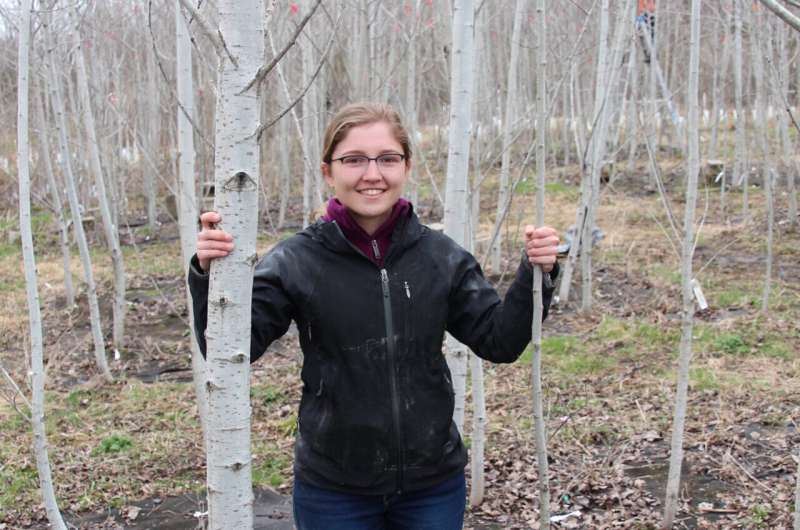By GRANT PECK

This image made from video by National Unity Government (NUG) via Facebook, shows Duwa Lashi La, the acting president of the National Unity Government (NUG), posted on Tuesday, Sept. 7, 2021 in Myanmar. Myanmar’s NUG, an underground body coordinating resistance to the military regime, on Tuesday called for a nationwide uprising. The shadow government's acting president Duwa Lashi La called for revolt “in every village, town and city in the entire country at the same time” against the military-installed government and declared a so-called ”state of emergency."
BANGKOK (AP) — The main underground group coordinating resistance to Myanmar’s military government called for a nationwide uprising on Tuesday.
The National Unity Government views itself as a shadow government composed of elected legislators who were barred from taking their seats when the military seized power in February.
The group’s acting president Duwa Lashi La called for revolt “in every village, town and city in the entire country at the same time” and declared what he called a ”state of emergency.” A video of his speech was posted on Facebook.
The country has been wracked by unrest since the military ousted the elected government of Aung San Suu Kyi, with a low-level insurrection in many urban areas. There has been more serious combat in rural areas, especially in border regions where ethnic minority militias have been engaging in serious clashes with the government’s troops.

The shadow government’s prime minister, Mahn Winn Khaing Thann, said in a separate statement posted online that the move was taken due to “changing circumstances” that required the complete abolition of the ruling military government. He did not elaborate.
There were no immediate signs of heightened resistance activity, although some student groups and ethnic armed organizations expressed solidarity.
The National Unity Government is popular inside Myanmar, but its actual power and influence is hard to measure. It has frequently issued sweeping proclamations and policy statements declaring the military government and its actions invalid and illegal, but they’ve had little real-world effect. It controls no territory, does not directly control any armed force and has won no diplomatic recognition from foreign countries. Members of its shadow Cabinet are in hiding inside Myanmar and in exile.
Duwa Lashi La called on the ethnic militias, some of whom have declared themselves in alliance with the resistance, to “immediately attack” government forces and “fully control your lands.” The ethnic armed forces, which have been fighting for decades for greater autonomy from Myanmar’s central government, operate independently of the National Unity Government.
Duwa Lashi La called for a “people’s revolution” and asked for all soldiers and police to join the “people’s defense forces.” He also warned civil servants against going to their offices.
He advised people to heed their personal safety and not travel unnecessarily, as well as to stock up on food and medicine, guidance it has offered on at least one past occasion when it warned of trouble ahead. He said people should help the defense forces where they can, including with information about government military forces.
The resistance movement against the military takeover had established “people’s defense forces” in many areas, but they mostly operate locally and when active, carry out small-scale hit-and-run guerrilla operations





















